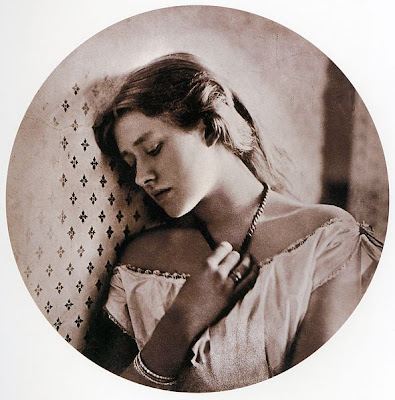I was initially surprised to learn, in James Lasdun's review of David Foster Wallace's posthumously published The Pale King – a work in progress that Wallace's editor Michael Pietsch painstakingly fashioned into an unfinished novel following the author's suicide – that Larkin had been one of Wallace's favorite writers. But on reflexion, and particularly bearing in mind the main theme of boredom in The Pale King, the interest in Larkin seems much more understandable. And the remark of Wallace's friend Jonathan Franzen that he died of boredom means that this on the surface slightly insensitive, slightly throwaway line develops a deeper significance.

But I digress, as usual. Last year I drove to Kingston-upon-Hull for the weekend and made a long post here about the 'Larkin with Toads' temporary (mainly street) exhibits of fiberglass toads commemorating the 25 years since Larkin's death. I uploaded many of the photos taken, which included all of the 40 toads apart from two which had been vandalized and taken away for repair, and one which the Calvert Centre chose to keep hidden out of hours. Out of all 450 or more posts in this blog, Larkin's toads remains by far the most popular one, and a TV company even contacted me to ask for my permission to copy Magenta Toad, which had been stolen from the Melton industrial estate.
But what of the pre-toad Larkin, the young Larkin? It was time for a visit to Coventry.
The leaflet 'Philip Larkin's Coventry' was published in 2009, with text by Don Lee of the Philip Larkin Society, and most of my comments here – even a later one on Angela Brazil – are culled from that publication.
Larkin's parents Sydney and Eva (née Day) moved to Coventry from Birmingham when Sydney was appointed Deputy Treasurer in Coventry. He was made City Treasurer on the same year that Larkin was born, in 1922.
Philip Arthur Larkin was named after the poet Philip Sidney (1554–86) and Eva's brother Arthur, and was born on 9 August at 2 Poultney Road, Radford, Coventry, which at the time of course would not have, er, boasted the stone cladding. This is a private residence.
Larkin was baptized in the old cathedral on the month after his birth. There's a slight case of converging verticals there, but then I did almost have to position myself almost on the ground.
The ruins of the cathedral, which was destroyed during World War II in 1940. Sir Basil Spence's very impressive new cathedral stands at the side of it.
After a few years at Cheshunt Preparatory School on Mason Road, Larkin went to King Henry VIII School on Warwick Road. His first prose publication, 'Getting Up in the Morning', appeared in the school magazine, The Coventrian, in 1933. Five years later, it published his first poem: 'Winter Nocturne'.
Arthur Moy, who lived with his parents at 21 Stoney Road, was a great influence on Larkin, who regularly went there to listen to music with other young friends. Larkin was later to be a huge fan of jazz.
Lee's text declares that Larkin went to the Golden Cross Inn on the corner of Hay Lane and Pepper Lane to be with friends, read books borrowed from the library, and 'ogle the barmaid'.
Larkin left Coventry for St John's College, Oxford, in 1940, and by the time he had earned his degree, his family had moved to Warwick. On Platform 1 of Coventry railway station is the first verse of Larkin's poem 'I Remember, I Remember', written in 1954 when the train Larkin was on made a surprise stop at Coventry:
'I REMEMBER, I REMEMBER
COMING UP ENGLAND BY A DIFFERENT LINE
FOR ONCE, EARLY IN THE COLD NEW YEAR.
WE STOPPED, AND, WATCHING MEN WITH NUMBER-PLATES
SPRINT DOWN THE PLATFORM TO FAMILIAR GATES,
"WHY, COVENTRY!" I EXCLAIMED. "I WAS BORN HERE".
'PHILIP LARKIN
POET AND COVENTRIAN
(1922-1986)'
The following year, the poem was published in Larkin's collection The Less Deceived.
The toad blog post is below, along with additional posts:
–––––––––––––––––––––––––––––––––––
Larkin with Toads in Kingston upon Hull














